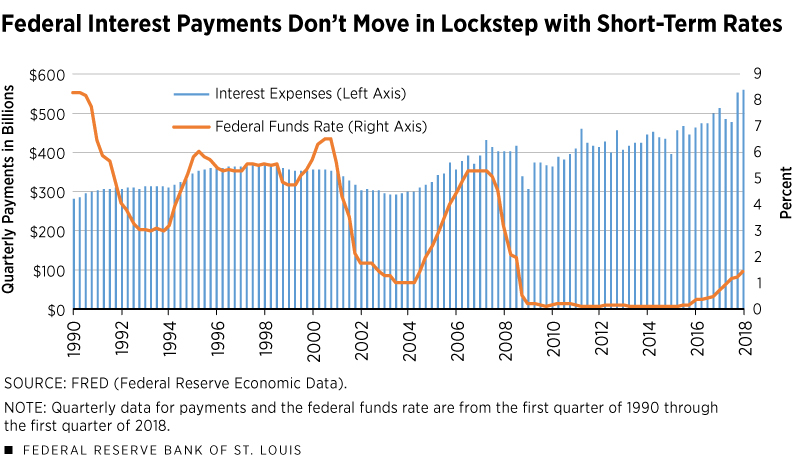Advanced Postman Usage: Tips For Efficiency

Table of Contents
Mastering Postman Collections
Efficiently managing your API requests is paramount for any Postman user. Postman collections provide a powerful way to organize and streamline your workflow, drastically improving your API testing efficiency. Let's explore key strategies for mastering Postman collections.
Organizing your API Requests
Efficiently grouping requests into collections helps manage even the largest API projects. Proper organization is key to avoiding chaos and confusion.
- Use folders within collections: Break down large collections into logical folders based on API functionality or resource type. For example, a collection for a e-commerce API might have folders like "User Accounts," "Product Catalog," and "Order Management."
- Utilize descriptive names: Choose clear, concise, and descriptive names for both collections and folders. Good naming conventions make it easy to find what you need quickly. Examples include "User Authentication," "Product Management API Calls," or "Payment Gateway Integration."
- Employ Postman's collection features: Leverage Postman's built-in features, such as descriptions and tags, to add context and metadata to your collections. This enhances searchability and makes it easier for others (or your future self) to understand the purpose of each collection.
Utilizing Collection Variables
Reduce redundancy and improve maintainability by leveraging Postman's collection variables. This is a crucial aspect of advanced Postman usage.
- Store API keys and base URLs: Centralize frequently used parameters like API keys, base URLs, and other constants within collection variables. This eliminates the need to repeat them across multiple requests.
- Easily update variables: Modifying a collection variable automatically updates all requests that use it, ensuring consistency across your tests. This saves significant time and reduces the risk of errors.
- Explore environment variables: Use environment variables to manage different configurations (e.g., development, staging, production). This allows you to switch between environments seamlessly without modifying your requests directly.
Running Collections Efficiently
Automate collection runs with Postman's collection runner for significantly improved efficiency. This feature is a cornerstone of advanced Postman usage.
- Set up iterations: Test various scenarios by setting up iterations in the collection runner, allowing you to pass different data sets to your requests.
- Configure data files: Utilize data files (CSV, JSON) to input parameters, enabling you to test with a large variety of inputs efficiently.
- Monitor collection run results: Carefully review the results of your collection runs to identify any errors or unexpected behavior. Postman provides detailed logs to help pinpoint problems.
Leveraging Postman's Scripting Capabilities
Postman's scripting capabilities, primarily using JavaScript, are essential for advanced users seeking to automate complex tasks and improve testing efficiency.
Pre-request and Test Scripts
Automate complex tasks and add dynamism to your API testing using pre-request and test scripts.
- Pre-request scripts for dynamic data generation: Generate dynamic data (e.g., random timestamps, unique identifiers) before sending a request. This is crucial for testing scenarios requiring unique inputs.
- Test scripts for assertions and validation: Write test scripts to validate the API responses, ensuring they meet your expectations. This is vital for verifying the correctness of your API calls.
- Utilize built-in Postman functions: Simplify your scripting by leveraging Postman's built-in functions like
pm.environment.get(),pm.test(), and others to access variables and perform assertions easily.
Utilizing Chai Assertions
Enhance the clarity and readability of your test scripts with the Chai assertion library.
- Write concise assertions: Use Chai's fluent syntax to write concise and expressive assertions (e.g.,
expect(response.json().status).to.equal(200);). - Handle error scenarios: Include assertions to gracefully handle error scenarios and provide informative error messages.
- Explore different assertion types: Familiarize yourself with various Chai assertion types (
equal,include,above,lengthOf, etc.) to effectively validate different aspects of your API responses.
Integrating with External Services
Extend Postman's functionality by integrating with external services and libraries.
- Connect to databases: Fetch data from databases for dynamic data input in your requests.
- Use external libraries: Leverage external JavaScript libraries for specialized tasks like data transformation or security checks.
- Explore Postman's integrations: Review Postman's documentation to discover available integrations and expand your API testing capabilities.
Advanced Features for Enhanced Productivity
Beyond collections and scripting, several advanced features in Postman significantly boost productivity.
Monitoring and Debugging
Postman provides comprehensive tools for monitoring and debugging API requests and responses.
- Inspect requests and responses: Thoroughly examine request headers, parameters, body, and response status codes, headers, and body to identify issues.
- Use the console for debugging: The Postman console is invaluable for debugging script errors and tracing the execution flow of your scripts.
Utilizing Newman for CI/CD Integration
Automate your API tests as part of your CI/CD pipeline using Newman, the command-line collection runner.
- Integrate Newman into your CI/CD platform: Integrate Newman into your preferred platform (Jenkins, GitLab CI, Travis CI, etc.) to run collections automatically during the build process.
- Generate reports: Configure Newman to generate reports summarizing the test results, allowing for easy monitoring of API health.
Collaboration and Teamwork
Postman offers features to facilitate team collaboration.
- Share collections and workspaces: Share collections and workspaces with team members to promote collaboration and knowledge sharing.
- Utilize version control: Track changes to your collections using Git integration to manage different versions and collaborate efficiently.
- Leverage comments and discussions: Use Postman's commenting features to discuss issues and share knowledge within your team.
Conclusion
Mastering advanced Postman usage is crucial for improving API testing efficiency. By implementing the tips outlined above – from effectively managing collections and leveraging scripting to utilizing advanced features and collaborating efficiently – you can significantly reduce development time, enhance the reliability of your APIs, and boost overall team productivity. Start optimizing your workflow today by exploring the power of advanced Postman techniques and unlocking its full potential. Don't hesitate to further your knowledge of advanced Postman usage and witness the transformative impact on your API development process.

Featured Posts
-
 Uk Festival Faces Cancellation Environmental Concerns And 31 000 Campaign
May 19, 2025
Uk Festival Faces Cancellation Environmental Concerns And 31 000 Campaign
May 19, 2025 -
 Samoy Eysevios Prosklisi Stin Ekklisia Kai Ti Xristianiki Zoi
May 19, 2025
Samoy Eysevios Prosklisi Stin Ekklisia Kai Ti Xristianiki Zoi
May 19, 2025 -
 The Rising Cost Of Borrowing Federal Debt And Mortgages
May 19, 2025
The Rising Cost Of Borrowing Federal Debt And Mortgages
May 19, 2025 -
 Resultats Du Credit Mutuel Am Q4 2024 Points Cles Et Perspectives
May 19, 2025
Resultats Du Credit Mutuel Am Q4 2024 Points Cles Et Perspectives
May 19, 2025 -
 Kelowna Bear Spray Incident Victims Speak Out On Halloween Night Assault
May 19, 2025
Kelowna Bear Spray Incident Victims Speak Out On Halloween Night Assault
May 19, 2025
Latest Posts
-
 Mick Schumachers Cadillac Future A World Champions Backing
May 20, 2025
Mick Schumachers Cadillac Future A World Champions Backing
May 20, 2025 -
 Novost Mikhael Shumakher Dedushka
May 20, 2025
Novost Mikhael Shumakher Dedushka
May 20, 2025 -
 F1 World Champion Supports Mick Schumacher For Cadillac Seat
May 20, 2025
F1 World Champion Supports Mick Schumacher For Cadillac Seat
May 20, 2025 -
 Could You Be Due A Hmrc Refund Simple Payslip Check Reveals All
May 20, 2025
Could You Be Due A Hmrc Refund Simple Payslip Check Reveals All
May 20, 2025 -
 Mikhael Shumakher Obzavelsya Vnukom Vnuchkoy
May 20, 2025
Mikhael Shumakher Obzavelsya Vnukom Vnuchkoy
May 20, 2025
